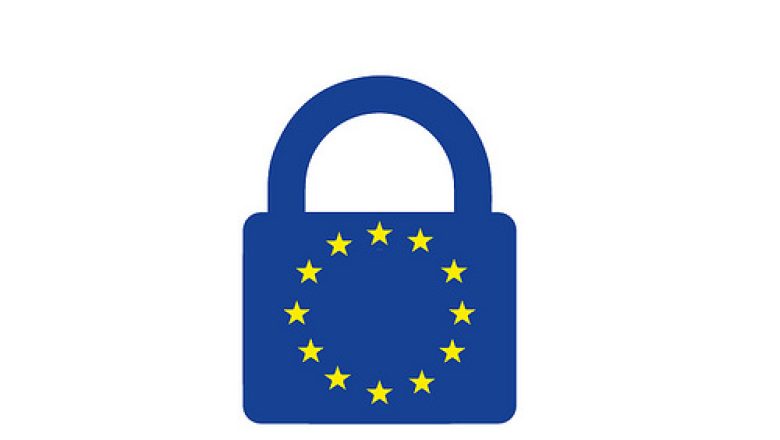How Document Scanning Can Help in GDPR Compliance
The much-awaited General Data Protection Regulation is finally here. It came into effect last May 25, 2018. In order to avoid huge fines and reputational damage, you need to comply with the requirements of this regulation.
Admittedly, however, being fully compliant can be challenging, even big companies which have the resources are struggling to meet the requirements. A testament to this is the news about established companies ending their EU operations or blocking EU residents from their sites until they are GDPR-ready.
If you are in the same predicament, know that there are institutions which can help you become compliant. For example, when it comes to securing your printing fleet, managed print service providers can give you expert advice on this matter. Furthermore, there are devices which can make meeting the requirements easier for you. One type of equipment which can be very useful in your GDPR compliance journey is a state-of-the-art scanner.
With the help of a scanner, you can digitise all your paper files. Document scanning can make data management simpler, faster and more secure. Consequently, complying with certain provisions of the GDPR can become less challenging as well.
Under this new data privacy and protection regulation, you are mandated to ensure the security of the customer data you hold. Abiding by this requirement is easier with digitised documents.
Most people associate data breaches with digital files. However, this does not mean that paper documents are more secure than digitised copies. Just like scanned files, these papers can also be stolen. The only difference is that, apart from keeping them in a locked storage container or room, paper files have no added layer of protection. Hence, if they end up in the wrong hands, the information on them can easily be acquired.
Meanwhile, digitised files can be encrypted and password-protected. With these measures in place, extracting pertinent details contained in these copies like your clients’ personally identifiable information (PII) can be extra difficult, if not impossible.
The GDPR also grants data subjects the right to ask for a copy of the data you have about them. They have the right to request that their details be rectified as well as erased without delay. Granting these requests immediately can be tough if you only have paper documents. Unless you have a highly efficient filing system, locating all files relevant to a single client may take hours or even days.
Retrieving documents quickly should not be a problem if you’ve created digital records. After scanning the document, they can be immediately sent to their designated storage location, be it on the Cloud or local network. A simple search query can give you the files you need in just a second or two. Furthermore, if the digitised records were OCR’d (Optical Character Recognition), you can even search for the contents of the documents. With this option, finding all the data you have on a client can be accomplished in an instant.
Aside from helping you comply with GDPR requirements, document scanning can benefit your employees, too. According to reports, the absence of a systematised document management causes employees to develop feelings of resentment. To be more precise, they become extremely frustrated about not being able to retrieve documents immediately. Eventually, when left unaddressed, this can negatively impact their productivity.
Without a doubt, document scanning can make complying with the GDPR provisions more straightforward and hassle-free. Moreover, it can help improve workflow processes and employee productivity. So, if you haven’t created digital records of your paper documents yet, the best time to start is now.
